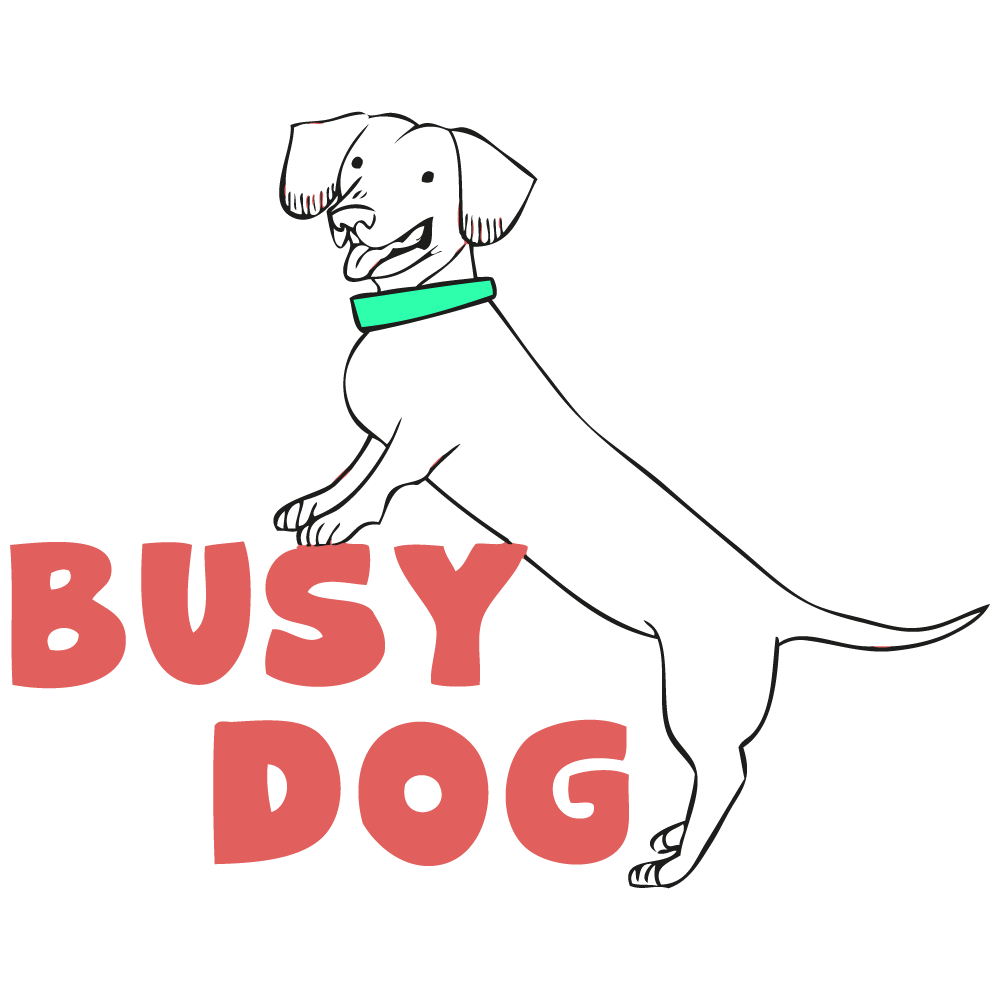Day 4

The “Hold” cue is a fantastic way to teach your dog to hold an object in their mouth for a few seconds. This skill builds impulse control and focus, and it can also be the foundation for more advanced tricks like carrying or retrieving objects. Using shaping to teach “Hold” allows your dog to learn the behavior in small, manageable steps, building their understanding and confidence along the way. While this trick is in the AKC’s Novice list, I think it’s a hard one to teach (especially to a dog who doesn’t already hold things in their mouth). Karina and I have been working on this with our dogs for approximately a month now, teaching it in small segments.
Teaching “Hold” Using Shaping
Step 1: Introduce the Object
- Choose an object your dog is comfortable interacting with. A toy they enjoy or a soft item like a rope toy is often easier than a rigid item like a dumbbell. Karina and I chose the dumbbell for a fun (?) challenge.
- Place the object on the floor or hold it in your hand.
- Mark (click or say “Yes!”, “Good Dog”, etc) and reward your dog for any interaction with the object, such as sniffing, nudging, or mouthing it.
Step 2: Encourage Mouth Contact
- Wait for your dog to start putting their mouth on the object. This may take a little patience.
- The moment their mouth touches the object, mark and reward immediately.
- If your dog seems hesitant, you can add movement to make the object more enticing, but avoid overwhelming them.
Step 3: Add the “Take It” Cue
We chose to incorporate 3 different cues into this trick. A “take it” cue, a “hold” cue and a release word (we’re using “okay”).
- Start with the object in your hand and encourage your dog to take it by presenting it close to their mouth. As they grab it, say “Take it” just before they put their mouth on it.
Step 4: Add the Release Cue
Add a release cue by holding a treat near your dog’s nose, offering a trade for the object, or simply saying the cue just before they drop it. When they let go, mark and reward, pairing the action with your chosen release word (both of us opted for “okay”).
Step 5: Add the “Hold” Cue, and build in duration
- When your dog is consistently holding the object for a brief moment, introduce the verbal cue “Hold” right as they grasp it.
- Continue to increase the duration they hold the object, marking and rewarding only when they meet the desired time.
- If your dog drops the object before the release cue, simply reset and try again, rewarding shorter durations to rebuild confidence before extending further.
Advancing Hold
- Once your dog understands the hold behavior with the initial object, begin practicing with new items like toys, leashes, or even household objects.
- Adjust your expectations depending on the texture or weight of the object, as some may be more challenging for your dog.
Pro Tips for Success
- Wrap for Comfort: If you’re using a dumbbell or a rigid object, wrapping it in something can make it more comfortable for your dog to hold.
- Keep Sessions Short: Practice in short, upbeat sessions to keep your dog engaged and avoid frustration.
- Be Patient: Shaping requires waiting for your dog to figure things out on their own. Reward generously for small steps in the right direction.
